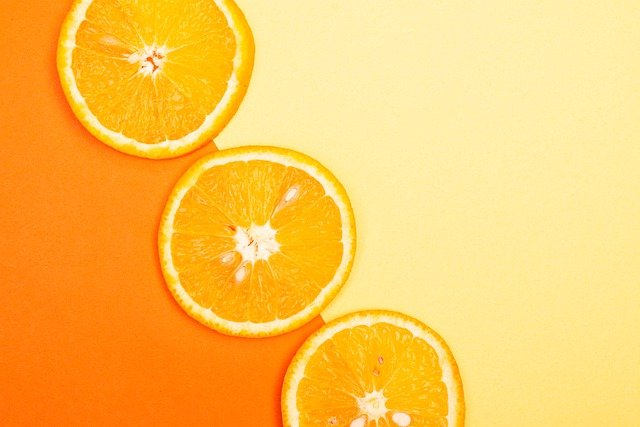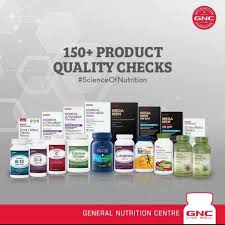
The best foods to eat for runners should have a wide range of nutrients to help them in their daily activities. Protein is a necessary part of a healthy diet, but the right source of protein should be carefully chosen. Chicken and fish are the ideal sources of animal protein. In order to provide energy, vegetable protein must be combined in combination with other sources of carbohydrates. The five-a-day strategy of eating fruits and vegetables should be followed by everyone. But runners should have a higher intake. The added fiber and vitamins can keep their bodies going and reduce the need to replenish lost nutrients.
Beans are the best friend of runners, especially those with thick skin. They are high in complex carbohydrates as well as fiber. Beans are an excellent source of iron, potassium, and vitamins. Running can be made easier by reducing recovery time between sessions. Avocados are another good source of healthy fats.
Bananas make a great snack for running, because they are high in energy. Bananas are low in fiber so they are easy to digest. However, they have high levels of potassium which can help prevent stroke and blood pressure from rising. PB or banana is a great option for runners. Bananas are an excellent choice for runners who want to gain a nutrition boost before their run.
Salmon is another great choice. It's rich with zinc, which can help you recover from a workout. It's low in calories so it's great for pre-run meals. Finally, kale is an excellent source of Vitamin K, which is essential for bone development. You should also include calcium into your daily meals to prevent injury from intense exercise.
Soups are great for breakfast before and after a run. But they can also serve as a main dish during the day. Soups are an excellent option for training runs or pre-runs. Porridge and other cereals made from oats are good alternatives. Instant porridge, which is made from oats, is not as suitable for runners as pure porridge. Pre-event breakfasts are more successful with wheat biscuits or muesli.

Runners should eat plenty of protein and vegetables. These foods may not be high in fat but they are rich in potassium, manganese and other nutrients that are vital for bone health. These foods are full of iron, magnesium, potassium, as well as magnesium. This is important for body recovery and regeneration. They also help to maintain normal blood pressure. When choosing foods to eat while running, you must include a variety.
If you plan to run a long distance you will need to ensure your body is adequately fueled. The body must have the right balance of carbohydrates, proteins and vitamins to perform well. People who train for long distances may also want to eat wild salmon and fish. Seafood is a great choice for those who don't run yet. It is high in omega-3 fats and can increase your heart rate. These fatty acids also benefit the nervous system and prevent inflammation.
You will need to be cautious about what foods you choose, but it is essential to eat enough protein to keep your body nourished after a long day. Hydration is key to avoiding cramps and other digestive problems. These foods are high in protein and calcium, so they'll provide your body with an energy boost and prevent fatigue. If you're an athlete, try to eat more nuts and seeds instead of sugary snacks.

Running enthusiasts should also include nuts in their diet. They can help you lose weight and increase bone density, and they're great for fueling your body during a long run. However, it is crucial to choose nuts with care. These nuts can add calories to your diet so be careful. Many runners don’t get enough proteins, so you will need to make sure you are choosing the right nuts for your running needs.
FAQ
Is there any special equipment that is required to cook?
Cooking doesn't require special equipment. The right tools can make cooking much easier. You could, for example, use a spoon to make pasta or a whisk to whip the egg whites into stiff peaks. You can make cooking more enjoyable and easier by having the right tools.
Who is the best path to a career in chef work? How can I get started in my career as an chef?
You should start as an apprentice if you are interested in becoming chef. Apprenticeships let you work for many years and pay no tuition fees. You can apply to become a sous-chef after you have completed your apprenticeship. Sous chefs work with cooks to prepare dishes and supervise them. They oversee all aspects of the restaurant's operation.
How long does learning to cook take? What time do you need to learn how to cook?
It all depends on what level of skill you have. Some people can learn basic cooking techniques in as little as a week. Others may take several months or longer to feel competent enough to teach themselves how they cook.
The time taken to learn to cook will depend on who you ask. A person who has never cooked before will likely need more time to learn than someone who is a regular cook. Also, certain types of cooking require more experience than others. Baking, for example, requires more experience than frying.
If you want to learn how quickly you can cook, you should focus on learning a specific technique. Once you have perfected that technique, you can move on. You shouldn't stress about how long it takes to learn how cook. Keep practicing and enjoying the process.
How Much Does It Cost to Study Culinary Arts?
The price of studying culinary arts varies widely. For example, a 4-year degree costs about $40,000. A two-year associate degree, on the other hand may cost less than $5,000. The type of program you choose will determine the tuition rates. Prices for tuition are higher in private institutions than they are for public ones.
How do I get hired as a chef?
A culinary arts degree is the first step to a career as a chef. You should next join a professional organization such as the American Culinary Federation. This organization provides certification exams and offers networking opportunities.
What are the advantages of using a slow cooker to cook?
Slow cookers are extremely useful as they make it easy to cook delicious meals in a short time. Slow cooker recipes are healthier than traditional ones because they use less oil and fat. Also, slow cooker recipes are easy to use because they do all the work while you sleep.
Statistics
External Links
How To
How to use an Instant Pot
Instant pots are one of the most loved kitchen appliances. It's very easy to use and versatile. Instant pots allow you to create delicious meals right from the stovetop in no time at all!
Let me first give some background information on the instant pot. An instant pot can be described as a pressure cooker that uses steam for quick cooking. This means there is no need to butter or oil. Just add water to the saucepan and mix the ingredients. Once you are done, just press the button again and then walk away. The lid can be opened and you can start to cook. That's it! There's no mess, no fuss, or cleanup!
Let's now understand what an instantpot is. First thing first, go ahead and download the app. It is easy to use and free. Just choose your recipe, set the timer (you can do 30 minutes or 1 hour), select your desired temperature, and then start cooking. Your meal will be ready when the timer goes off. For step-by–step instructions, see the video below.
When you're done with your meal, make sure to clean up. An instant pot's dishwasher-safe lining makes it easy to clean. Just rinse the pot, remove the liner, and throw it in the washing machine. Amazon is a great site to purchase an instant pot. They come in a range of sizes and shapes. They are worth checking out.
The instant pot is an incredible appliance that takes the stress out cooking. It saves time and money. It's easy to enjoy healthy recipes, without spending hours in the cooking kitchen. Enjoy!